Is It Safe To Feed My Cat Tuna?
[easy-social-share]
It certainly seems that for many of our feline friends, the smell and taste of tinned tuna fish is considered a delicacy.
They hear the sound of the can of tuna being opened, and seem to come from nowhere!
But how safe is it to feed canned tuna to cats?
Whether it’s food fit for human consumption such as a can of tuna in brine, tuna in water or freshly caught raw tuna from the ocean, many cats are delighted to see fish in their dinner bowl.
However, there is the risk that some cats will become addicted to tuna and just won’t eat anything else.
And if this is the case, we could be putting your cat’s health at risk.
And there are many conflicting opinions so read on to find out why you might want to reconsider feeding your cat a diet of tuna.
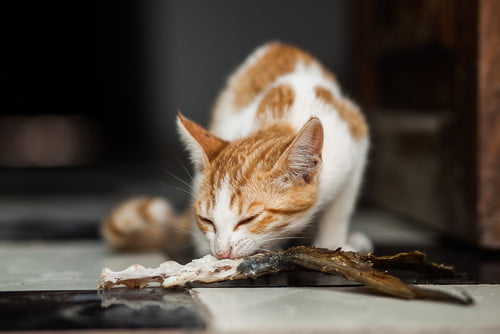
Can Cats Eat Tuna?
Fresh tuna or human-grade canned tuna are both not suitable as a major part of your cat’s diet.
While tuna isn’t on the toxic foods list for cats, it certainly cannot be recommended if you wish to feed your feline friend a balanced diet.
This is because neither fresh nor canned tuna is nutritionally balanced and complete for cats and over time, deficiencies can develop.
There are also potential issues with nutrient excesses.
A nutritionally balanced and complete diet is one that has the appropriate protein, carbohydrate, fats, vitamins and minerals in the amount for that stage of life.
Tuna Is An Unbalanced Meal For Cats
- Tuna is high in phosphorus and while a healthy cat may cope with this, it won’t be good for cats with kidney disease.
- Raw fish can contain thiaminase which is an enzyme that destroys thiamine, or vitamin B1.
- Too much raw fish in a cat’s diet can, therefore, lead to thiamine deficiency.
- Thiaminase is destroyed by heating so canned tuna isn’t going to cause this problem.
- Symptoms of thiamine deficiency include loss of appetite, poor coordination and twitching.
- The most common sign in cats is that they can bend their neck downwards so their chin almost touches their chest.
- Raw fish contains high levels of fatty acids which can result in vitamin E deficiency in cats.
- Vitamin E deficiency in cats causes a painful condition called steatitis – an inflammation of the fat in their body.
- These cats have a fever and it hurts when they are touched or stroked.
- Some sources of tuna are high in mercury which is toxic to cats.
- Feeding lots of tuna may cause mercury poisoning with muscle weakness, trembling and even seizures.
Guidelines For Feeding Tuna –
Picky Eaters:
If you really want to feed your cat tuna, then the following guidelines are recommended to ensure your kitten or cat has a balanced diet:
- Don’t feed raw tuna or canned tuna as the main component of your cat’s diet.
- try to use tuna as an occasional treat only
- a small amount of tuna is useful to hide medications
- Cats can eat tuna as a treat and in small amounts, once or twice weekly at a maximum.
- Choose tuna in natural spring water.
- Avoid feeding cats tuna in oil or tuna in brine as these human tuna foods contain too much salt and oil so lack any health benefit, and can cause harm.
- Your cat’s main food protein sources ideally need to come from land-based animal species such as poultry or beef.
- After all, cats were never ocean dwellers and didn’t evolve to eat large amounts of fish.
What If My Cat Is Addicted to Tuna?
It’s not uncommon to hear of cats developing a tuna addiction, therefore it’s important not to start something you may later regret.
While it is important for kittens to be fed a variety of textures and meat proteins so that they don’t develop aversions, it’s vital that you feed a balanced diet to ensure optimal growth.
If your feline insists on a fish-only meal, you can try to gradually wean them onto other protein sources or use fish flavoured commercial cat food in wet or dry. Our tips:
- Mix a small amount of new food with their fish.
- Mush it all together.
- Use tuna juice to add flavour rather than feed the meat.
- Slowly add more of the meat-based cat food and decrease the amount of fish over the course of a week or two.
- If there’s no chance your cat will change their taste from tuna to meat, try to entice them to eat a portion of fish-based commercial cat food that’s nutritionally balanced.
Frequently Asked Questions
Can Cats Eat Tuna In Vegetable Oil?
It is wise to only feed your cat tuna in vegetable oil if it is an infrequent treat.
Vegetable oil offers low nutritional value and is high in calories, so for many cats, it is of no benefit whatsoever.
Can Cats Eat Tuna In Olive Oil?
Feeding your cat tuna in olive oil is not recommended as although olive oil is not poisonous it is high in fat and may result in your cat experiencing an upset stomach with vomiting and diarrhoea.
Does your cat love tuna so much it won’t eat anything else? This isn’t good for their health. Contact our online vets to discuss their nutritional needs.
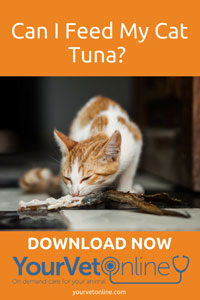


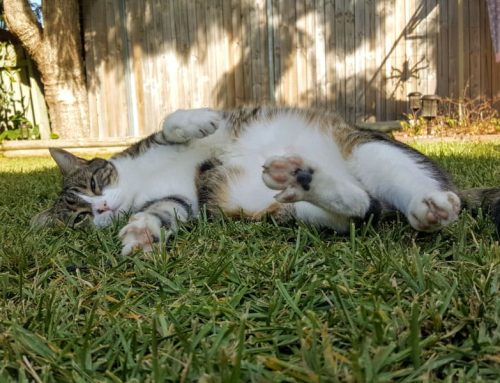
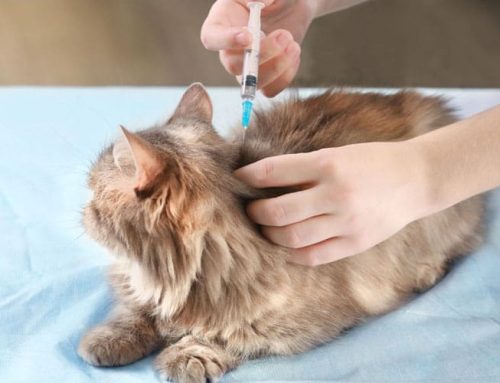
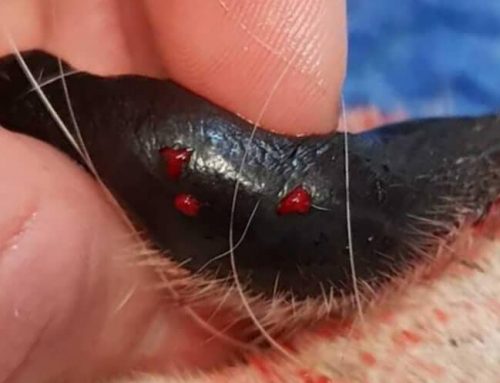
I’m afraid this article is very misleading. The literature on thiaminase being eliminated by cooking is incorrect, as I have tragic 1st hand experience. We fed our cats canned grocery store tuna exclusively for a month. One of them fell very ill and died. Even the vet, who was told of the switch in diet, missed this! Our beloved Misty died a horrible death as a result. Only later did we discover the cause by googling feeding tuna to cats. The other cats were switched back to regular catfood and survived.
Seem a bit of tuna in oil is better than eating out of dumpsters.
I gave my cat canned tuna in water, about a half tablespoon daily for 7 years. I did stop as I have dieted him from 18lb down to 14lb, and cut the tuna out as part of it.
The cat is just above 9.
He plays and looks like he is 3 years old, even started this strange playing while I’m in the shower that he actually did do when he was 3. His energy is at max, and he has not shown any signs of slowing down with regard to age (knocking on wood). He has never thrown up, never had a hairball, and has remained obedient as ever.
Not saying it was the tuna, but I bet it helped.
My cat has been vomiting. I have taken to the vets. Everything was good except that they said that he has gastrointestinal . Plus he is over weight. They have been changing the food, but is not working. I want someone to help me to put a plan that works.
vet called to discuss bloodwork taken tda..
2.5 (his) reading sb 2.1
vet said he’s in chronic kidney failure
has a bad tooth (abcess) getting tooth removed 12.26 ido feed him tuna in water every day 1x
small amount only .. rest of day dry food only….
vet suggested i repeat bloodwork on 2-3 months
and renal dry food she has in 6 lb bag
MY 14YR. OLD cat has kidney disease. He loves Tuna in a packet. I have been mixing it in his script diet wet since he HATES that. However, with your site it is obvious to me he IS NOT to have the Tuna. I am pulling his records from is current vet due to the amount of money i have been charged for anti-diarea medication. 3 of them. He had severe diarea . Once i stopped giving it to him, his stool has improved. But my question now is, i read he can have Tuna or chicken juice. I s that right & where do i get it from? Pet store or Vet?
Hi Sandra
It won’t hurt him to have a little tuna or a little tuna juice. It just shouldn’t be every day.
Hope that helps.
My cat is prone to seizures. While I realize medication is available, the seizures do not generally occur if we avoid “People Food” and if he drinks plenty of water. Yesterday, my cat had a seizure… the first in a while… after eating tiny remnants of canned tuna. Now I’m researching that this is common… the soy and mercury can trigger seizures. I’m frustrated that this is not “known” information. We have tried so hard to help him avoid another seizure, and this time his mouth was bleeding from biting his tongue. Shame on manufacturers!!!!!